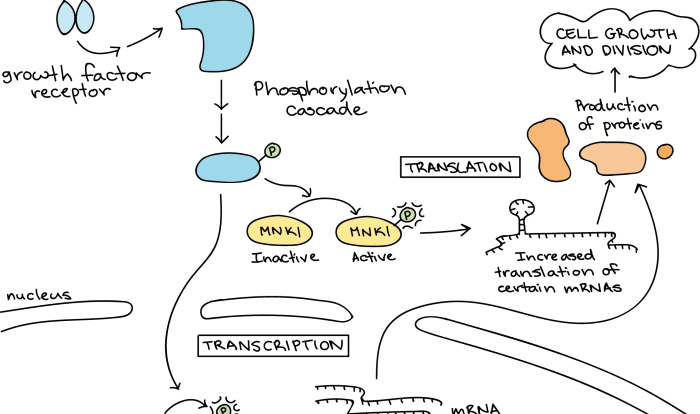Embark on an educational journey with the Cell Transport Webquest Answer Key, a comprehensive guide to unraveling the intricate processes that govern cellular movement. From passive and active transport to bulk transport, this resource illuminates the mechanisms that enable cells to exchange essential substances and maintain homeostasis.
As we delve into the fascinating world of cell transport, we will explore the significance of diffusion, osmosis, endocytosis, and exocytosis. Discover the vital role of carrier proteins and the energy requirements involved in active transport. Understand the implications of impaired cell transport and its impact on cellular function.
Introduction
Cell transport is a fundamental process that enables cells to exchange substances with their surroundings. It plays a vital role in maintaining cellular homeostasis and facilitating various cellular processes.
Cell transport can be categorized into three main types: passive transport, active transport, and bulk transport. Each type involves distinct mechanisms and energy requirements to move substances across the cell membrane.
Passive Transport
Passive transport is a type of cell transport that does not require energy. It occurs when substances move from an area of high concentration to an area of low concentration, down their concentration gradient.
Examples of passive transport processes include diffusion and osmosis.
- Diffusionis the movement of individual molecules from an area of high concentration to an area of low concentration. It is driven by the concentration gradient and does not require carrier proteins.
- Osmosisis the movement of water across a semipermeable membrane from an area of low solute concentration to an area of high solute concentration. It occurs to equalize the solute concentrations on both sides of the membrane.
Active Transport

Active transport is a type of cell transport that requires energy to move substances against their concentration gradient, from an area of low concentration to an area of high concentration.
Examples of active transport processes include the sodium-potassium pump and the calcium pump.
- Sodium-potassium pumpmaintains the proper balance of sodium and potassium ions across the cell membrane. It pumps three sodium ions out of the cell for every two potassium ions pumped in.
- Calcium pumpremoves calcium ions from the cytosol and pumps them into the extracellular fluid or into intracellular storage compartments.
Bulk Transport

Bulk transport is a type of cell transport that involves the movement of large molecules or particles across the cell membrane.
The two main types of bulk transport are endocytosis and exocytosis.
- Endocytosisis the process by which cells take in substances from the extracellular fluid. It can occur through various mechanisms, including phagocytosis, pinocytosis, and receptor-mediated endocytosis.
- Exocytosisis the process by which cells release substances from the cell into the extracellular fluid. It involves the fusion of vesicles with the cell membrane and the release of their contents.
Importance of Cell Transport
Cell transport is essential for maintaining cellular homeostasis and facilitating various cellular processes.
It allows cells to:
- Obtain nutrients and oxygen
- Remove waste products
- Regulate cell volume
- Communicate with other cells
Impaired cell transport can lead to a variety of cellular dysfunctions and diseases.
Key Questions Answered: Cell Transport Webquest Answer Key
What is the primary function of cell transport?
Cell transport facilitates the movement of essential substances across cell membranes, maintaining cellular homeostasis and enabling various cellular processes.
Explain the difference between passive and active transport.
Passive transport involves the movement of substances down a concentration gradient, requiring no energy input. Active transport, on the other hand, moves substances against a concentration gradient, utilizing energy from ATP.
What is the role of vesicles in bulk transport?
Vesicles are membrane-bound compartments that transport materials into and out of cells through endocytosis and exocytosis.
